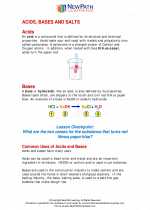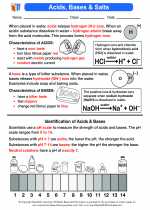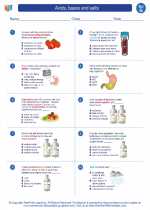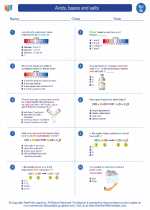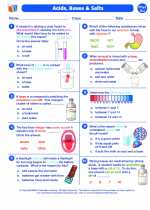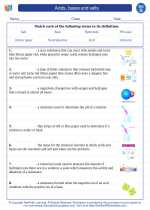What are Atoms?
Atoms are the basic building blocks of matter. They are the smallest units of an element that still retain the properties of that element. Atoms are made up of subatomic particles, including protons, neutrons, and electrons.
Structure of an Atom
An atom consists of a nucleus, which contains protons and neutrons, and electrons that orbit the nucleus in energy levels or shells. The protons have a positive charge, the neutrons have no charge, and the electrons have a negative charge.
Subatomic Particles
- Protons: Positively charged particles found in the nucleus of an atom.
- Neutrons: Neutral particles found in the nucleus of an atom.
- Electrons: Negatively charged particles that orbit the nucleus in various energy levels.
Atomic Number and Mass Number
The atomic number of an atom is the number of protons in its nucleus. The mass number is the sum of the protons and neutrons in the nucleus of an atom.
Isotopes
Isotopes are atoms of the same element with different numbers of neutrons. This means they have the same atomic number but different mass numbers. Isotopes of an element have similar chemical properties but different physical properties due to differences in atomic mass.
Electron Configuration
Electron configuration refers to the arrangement of electrons in the energy levels or shells around the nucleus of an atom. The arrangement of electrons determines the chemical properties of an element.
Study Tips for Atoms
- Understand the basic structure of an atom, including the roles of protons, neutrons, and electrons.
- Learn how to calculate the number of protons, neutrons, and electrons in an atom using its atomic number and mass number.
- Practice writing electron configurations for different elements.
- Explore the concept of isotopes and how they affect the properties of elements.
- Review the periodic table to understand the arrangement of elements based on their atomic number and electron configurations.
